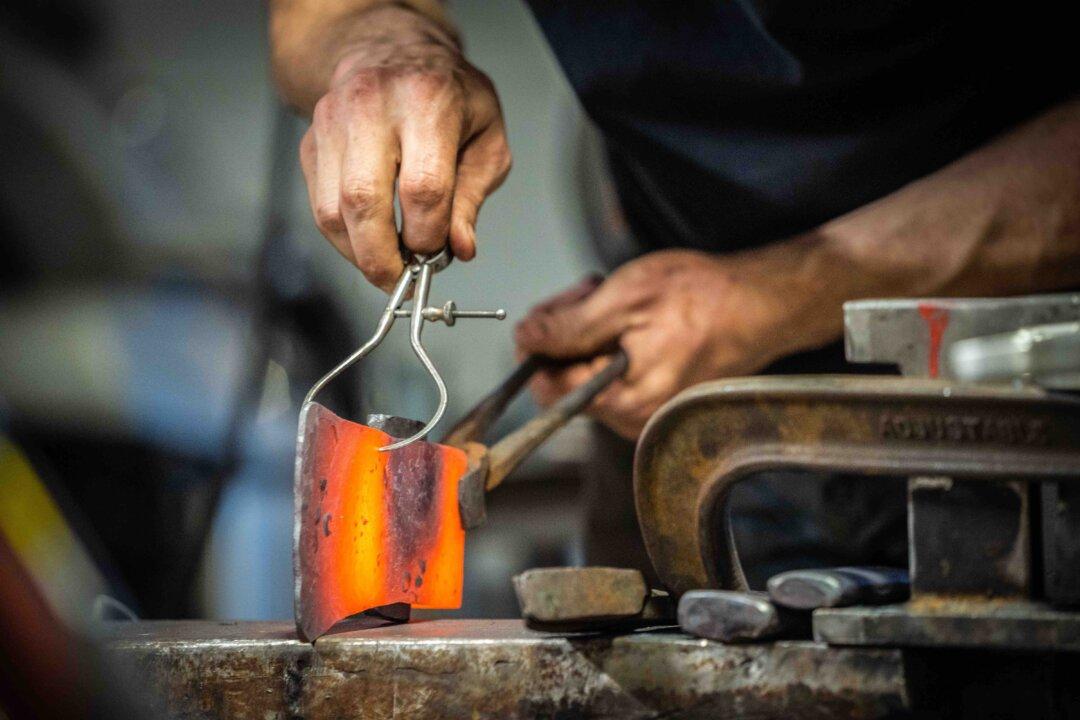Enter into Italy’s wasteland of ancient ghost towns, long abandoned and left to slowly crumble and fade under the hot southern sun.
There are more than 6,000 vacant villages in Italy, and Craco is just one of them. It’s hard to imagine that this eerily quiet medieval village once buzzed with life.






